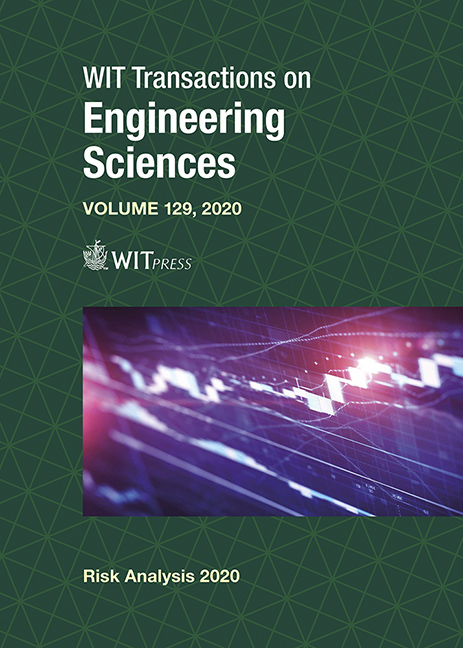ASSESSING OIL SPILL RISK IN LOWER COOK INLET, ALASKA
Price
Free (open access)
Transaction
Volume
129
Pages
10
Page Range
31 - 40
Published
2020
Size
1,946 kb
Paper DOI
10.2495/RISK200031
Copyright
WIT Press
Author(s)
ZHEN-GANG JI, CARYN SMITH, WALTER R. JOHNSON
Abstract
The U.S. Federal Government offered for oil and gas leasing a portion of the U.S. Outer Continental Shelf (OCS) lands in Cook Inlet, Alaska (Lease Sale 244). Because oil spills may occur from activities associated with offshore oil and gas exploration, production, decommissioning, and transportation, the U.S. Department of the Interior Bureau of Ocean Energy Management conducts oil spill risk analysis (OSRA) to support National Environmental Policy Act analyses prior to conducting an oil and gas lease sale. The objective of OSRA is to estimate the probability of oil spill occurrence, the probability of oil spill contact, and the probability of oil spill occurrence and contact to sensitive offshore and onshore environmental resources and socioeconomic features from hypothetical oil spills accidentally occurring from OCS oil and gas-related activities. This paper presents the results of OSRA conducted for use in the Cook Inlet OCS Oil and Gas Lease Sale 244 Environmental Impact Statement. The OSRA model estimated oil spill trajectories using model-simulated hindcast fields of winds, sea ice movement and concentration, and surface ocean currents in the Cook Inlet, Shelikof Strait, and Gulf of Alaska. This paper also summarizes stochastic contact patterns and associated risks.
Keywords
oil spill, risk analysis, OSRA model, Cook Inlet





